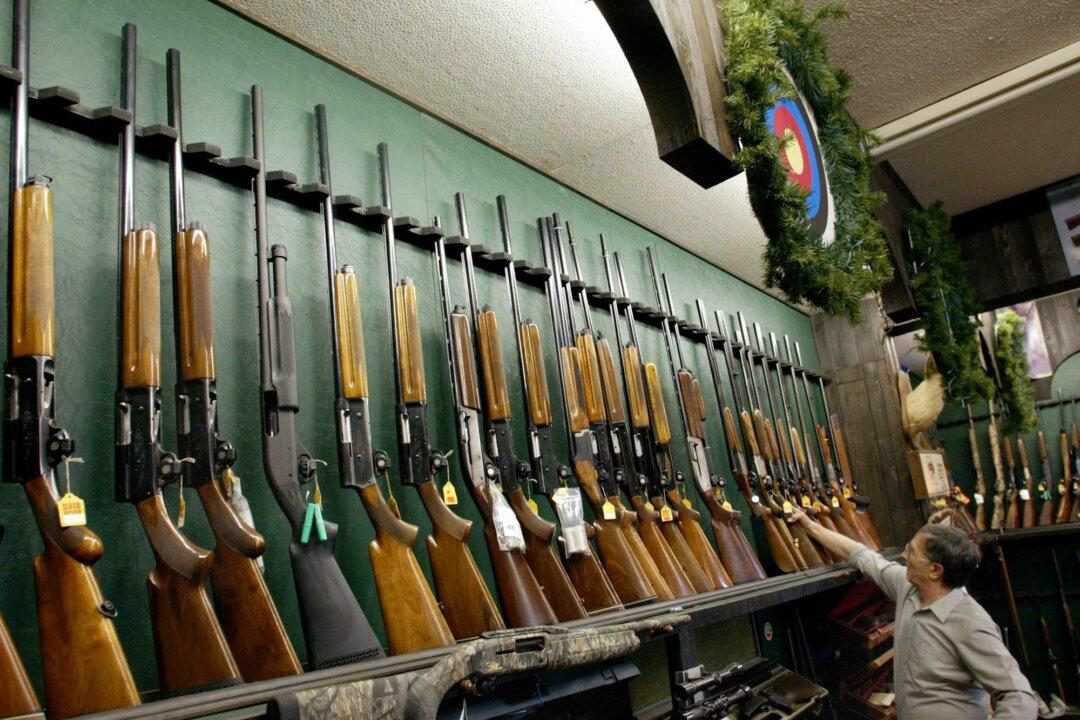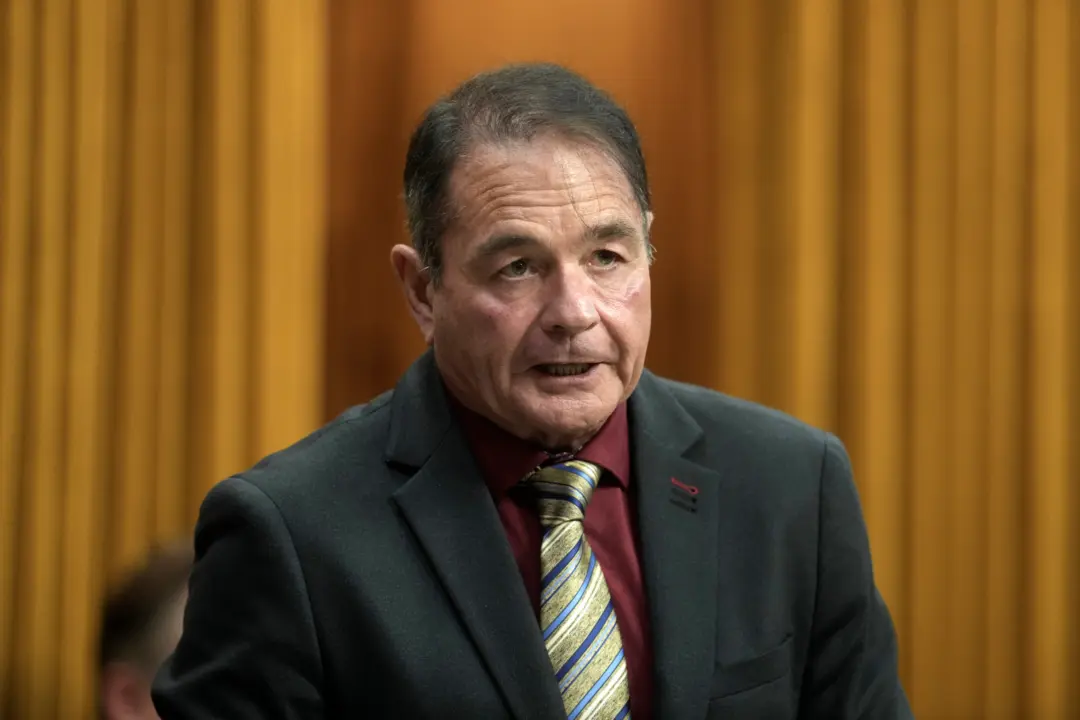With Bill C-21 passing the House of Commons and going to the Senate, Canada could soon see what Public Safety Minister Marco Mendicino calls “the most significant gun control legislation in Canada in a generation.”
The legislation, known as “An Act to amend certain Acts and to make certain consequential amendments,” proposes a series of amendments to the Canadian Criminal Code, Firearms Act, and other federal legislation in order to fulfill the Liberal government’s commitments on gun control.





